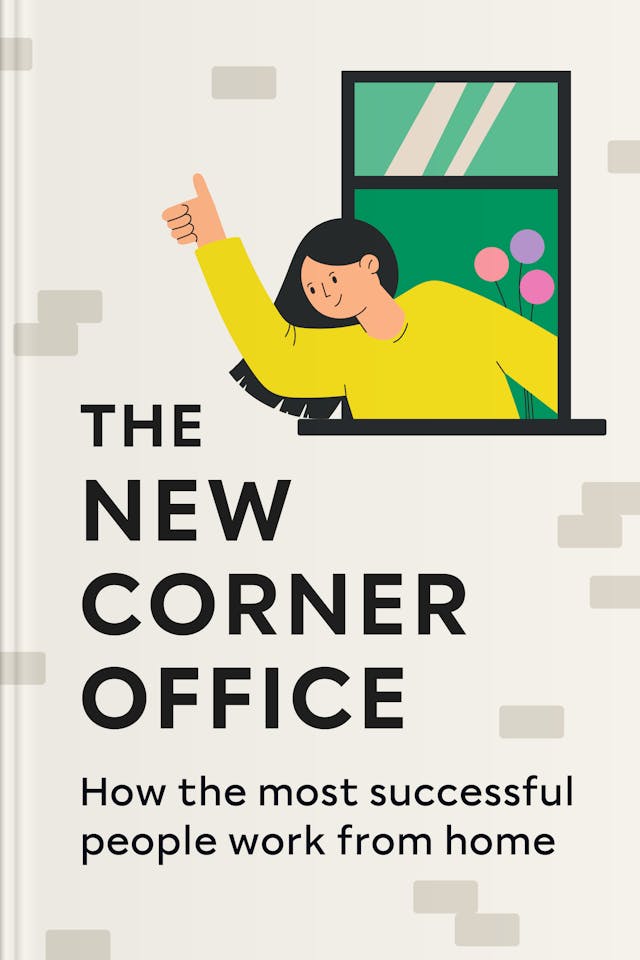You’ll learn
- What times are best for work
- Task-management lifehacks
- Settings for daily work rhythms
- How virtual events boost morale
russia has launched a full-scale war in Ukraine. Donate to support Ukraine and protect the world’s peace.

first KEY POINT
Before Covid-19, employers and managers were scared of allowing their employees to work from home. They were scared that employees would spend work hours doing other stuff like watching Netflix rather than actually working.The concern is legitimate, given that the business world has always had people working 9-5 in office buildings where no one was allowed to leave unless it's 5 pm. However, statistics from a poll conducted in 2020 revealed that self directed, high performing employees were committed to their work when they worked remotely. The majority of them even got more work done from home.Less engaged employees who weren't high performers even while working in office buildings with coworkers didn't show any sign of improvement.
What does this mean? At the very least, it means employers can be confident in their engaged employees to deliver irrespective of where they're working from. Have faith in your people.If you're running your own show, working as an employee, or managing a group of employees, here is one powerful tip for working remotely: manage by task, not time.Rather than set hourly goals for yourself, determine to set goals by the tasks to be accomplished instead. Let's say you're a paid ads specialist in an organization. Your goal shouldn't be to work eight hours a day. Instead, set targets for the number of ads you'll run or manage per day.The reason working by tasks and not time is so effective is that it allows you to spread your work hours as you want. You can work a few hours in the morning, take a break and continue at night. This ensures that you don't work just because you have to log in the hours, but you work at the hours you're most alive.If you don't work for yourself, either have your boss set the weekly targets for you, or come up with one and show him or her. Once you have the target you'll be working on for the week, it's time to take a few hours off to actually plan the week. You can dedicate Friday afternoons to planning your coming weeks.
second KEY POINT
Each of your workdays has a beginning, a middle, and an ending; the way you handle these phases is important to your productivity.If you were working in an office building before you made the shift to remote work, then a daily commute is a big part of your work life. Because you've been commuting every workday for so long, your brain has learned to associate a morning commute to getting ready for work and the evening commutes as signs that you're done with work for the day. But your brain is no longer getting those kicks when you start working remotely.The brain is flexible, it will adapt. But that will take time and there is no reason why a fake commute can't be part of your routine. Some remote workers have found that walking (or driving) their kids to school, exercising, mindfully making coffee, etc., before they start the day's work helps replace that sense of commuting. Try a couple of things out to see which will work best for you. Once you've found it, make it your before-and-after-work routine.

Continue reading with Headway app
Continue readingfirst KEY POINT
second KEY POINT
third KEY POINT
fourth KEY POINT